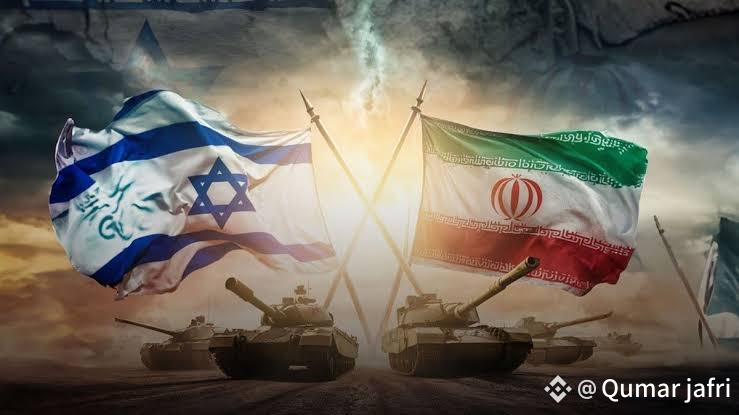The conflict between **Iran and Israel** has escalated dramatically in 2025, shifting from a long-standing proxy war to direct military confrontation. Below is a detailed analysis of the key aspects of this conflict:
---
### **1. Historical Background**
- **Pre-1979 Alliance**: Before Iran’s Islamic Revolution, Israel and Iran maintained diplomatic and military ties, with Iran being one of the first Muslim-majority nations to recognize Israel .
- **Post-1979 Hostility**: After the revolution, Iran severed relations, adopting an anti-Israel stance, labeling it the "Zionist enemy," and supporting proxy groups like Hezbollah and Hamas .
- **Proxy Warfare**: For decades, Iran funded and armed militant groups across the Middle East (e.g., Hezbollah in Lebanon, Houthis in Yemen) to pressure Israel indirectly, while Israel conducted covert operations (e.g., cyberattacks, assassinations of nuclear scientists) to counter Iran’s influence .
---
### **2. Escalation to Direct Conflict (2024–2025)**
- **April 2024**: Israel struck Iran’s consulate in Damascus, killing IRGC officials, prompting Iranian missile strikes on Israel .
- **June 2025**: Israel launched **Operation Rising Lion**, a massive preemptive strike targeting Iran’s nuclear facilities (Natanz, Fordow) and military infrastructure, killing top IRGC commanders and scientists .
- **Iran’s Retaliation**: Iran responded with over **550 ballistic missiles and 1,000 drones**, but most were intercepted by Israel’s air defenses (Iron Dome, U.S. THAAD) .
- **U.S. Involvement**: The U.S. joined with **Operation Midnight Hammer**, deploying B-2 bombers to strike hardened nuclear sites .
---
### **3. Key Outcomes of the 2025 War**
- **Casualties**:
- **Iran**: ~1,060+ killed (including civilians), 5,800+ wounded .
- **Israel**: 29 civilians killed, 3,238 wounded .
- **Nuclear Program Setback**: Iran’s nuclear infrastructure was heavily damaged, though debates persist over whether its uranium stockpile was fully destroyed .
- **Proxy Weakness**: Iran’s proxies (Hezbollah, Hamas) were largely inactive, leaving Iran isolated .
- **Ceasefire**: A fragile truce was brokered on June 24, 2025, but tensions remain high .
---
### **4. Strategic Implications**
- **Regional Shifts**: Israel emerged as the dominant military power in the Middle East, while Iran’s influence waned .
- **U.S. Role**: Demonstrated air superiority and alliance cohesion, but faces challenges in securing a lasting diplomatic solution .
- **Global Dynamics**: Russia and China offered little support to Iran, exposing the fragility of anti-Western alliances .
---
### **5. Future Prospects**
- **Potential Regime Change**: Some analysts suggest U.S.-backed regime change in Iran could realign the Middle East, though risks of instability persist .
- **Diplomatic Efforts**: Post-war negotiations may focus on a new nuclear deal, but Iran’s compliance remains uncertain .
- **Ongoing Covert War**: Israel continues sabotage operations inside Iran (e.g., explosions, cyberattac
 ks), signaling unresolved hostilities .
ks), signaling unresolved hostilities .